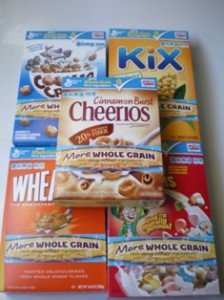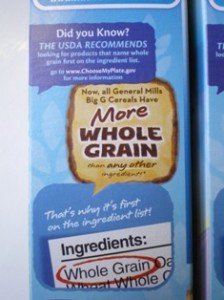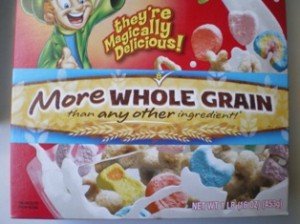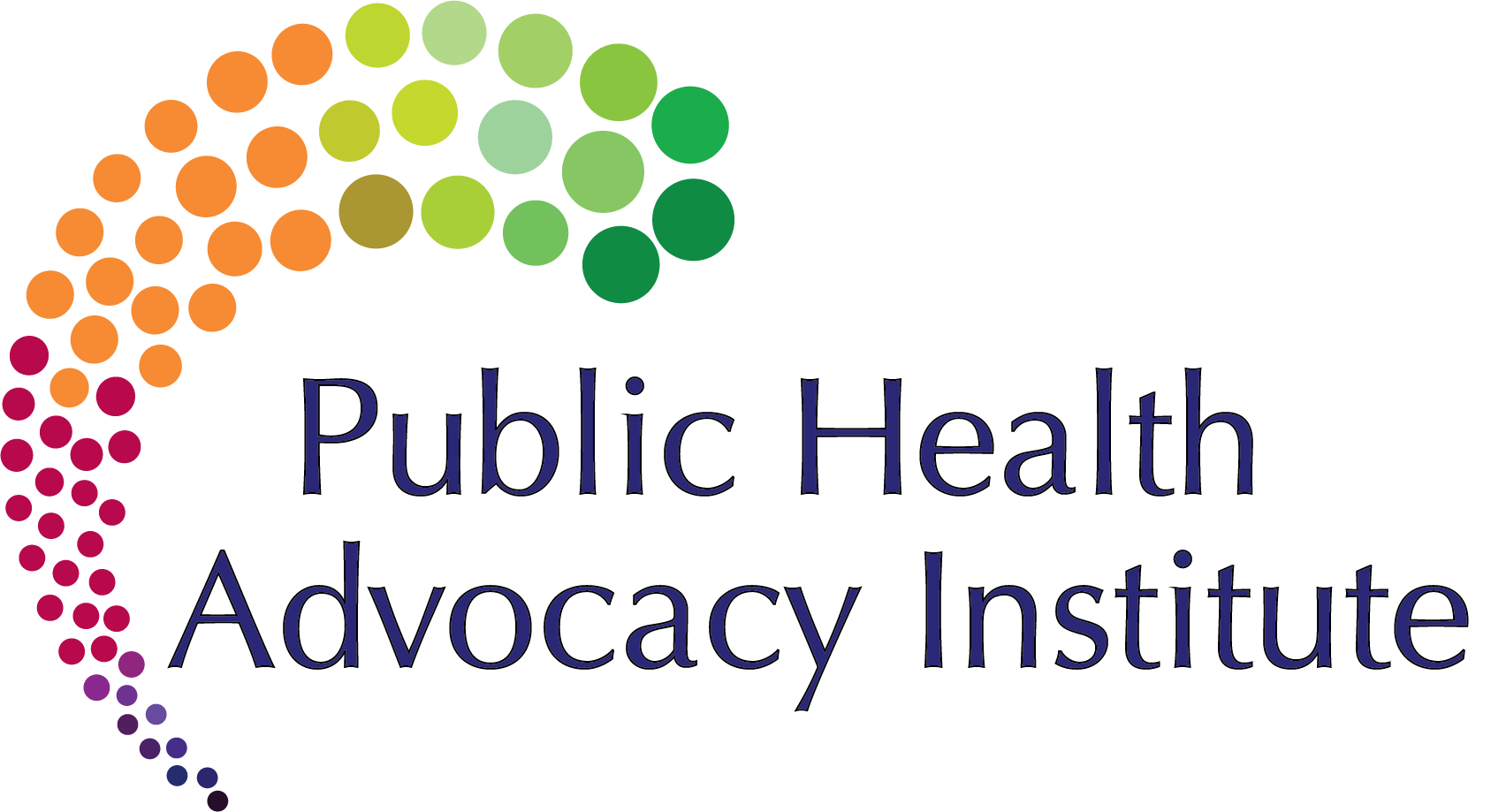By Cara Wilking, Staff Attorney
Like a good mother, General Mills loves all of her “Big G” cereals the same. Consumers, however, should not. The company has chosen to market all of its Big G cereals as containing “More Whole Grain Than Any Other Ingredient*” (the asterisk takes you to the disclaimer “*as compared to any other single ingredient”). The side panel states “That’s why it’s first on the ingredient list” and tells consumers the USDA suggests looking for foods that list whole grains first. A recent report by the Environmental Working Group found that parents should be especially aware of sugar content when buying breakfast cereals for children.
Federally mandated weight-based cereal serving sizes, and the industry sponsored front-of-package Nutrition Keys labeling scheme has meant that when consumers compare calories most cereals look just about the same. The Big G cereals Wheaties, Kix, Lucky Charms, Cookie Crisp, and Cinnamon Burst Cheerios all have 100 or 110 calories per serving. But sugar content and serving size by volume varies widely. For example, Kix and Cinnamon Burst Cheerios both list 110 calories per serving, but Kix has just 3 grams of sugar per 1 ¼ cup serving while the pre-sweetened Cheerios product has 9 grams of sugar per 1 cup.
General Mills’ use of a uniform campaign for its Big G cereals is designed to make its entire portfolio of products look healthy by distracting attention from sugar content. Its website even features a page about sugar comparing plain Cheerios (1 gram of sugar per serving) to Trix (10 grams of sugar per serving ) that asks: “From a calorie and nutrient standpoint, are both products a good breakfast choice?” The answer: “Yes, they are. In fact, all General Mills cereals are lower calorie, nutrient dense choices.”
Perhaps this campaign is a sign that its sugary cereals are losing market share? If it is, General Mills should put its resources into developing breakfast products that are actually healthy for children instead of trying to prop up sugary cereal sales with claims about whole grain content.





2 Responses
Comments are closed.